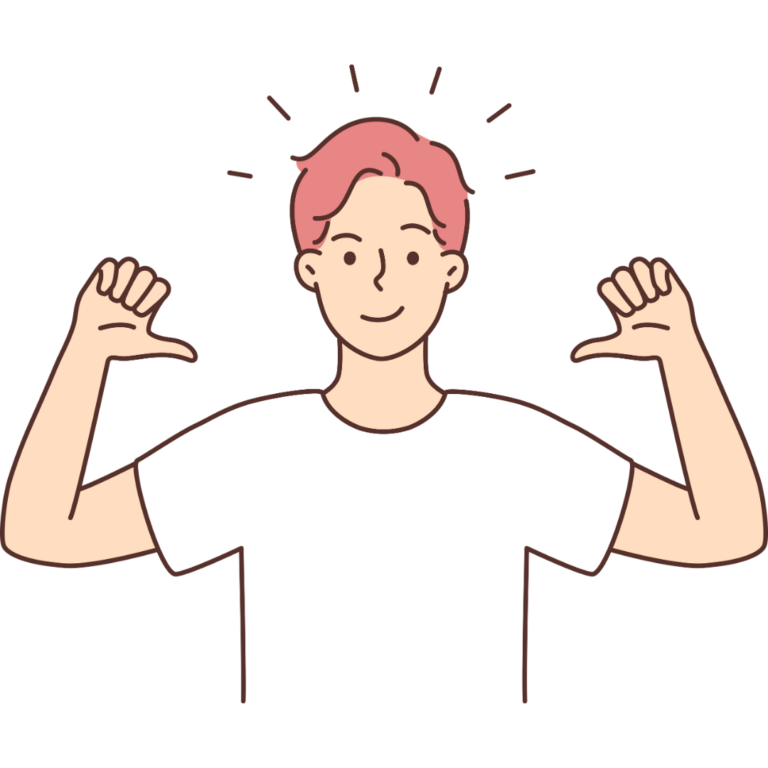Since the pre-historic period, there has always been an obsession that fuels societal pressures to appear a certain way or to have a certain body type. This obsession is particularly evident in young women, who feel pressure from a cultural construct of the “ideal” body. This obsession can end up consuming one’s well-being and thoughts; we must work to prevent this.
Beauty standards are societal norms that dictate the ideal physical appearance. These standards have evolved; for example, modern society emphasizes straightened hair, slim bodies, pointed noses, bright skin, and a tall figure with long legs.
The “perfect” female body has changed drastically over the past 100 years. It is vital to understand that the media’s concept of the ideal woman’s body isn’t static (Hart). Whoever the Vogue magazine uses as a representation of the “most beautiful” is merely something that was formed from pop culture.
Even in just the U.S., in the 50s, the “perfect” female body type was much heavier than the “perfect” body type of today. A thin silhouette is the common beauty standard, and it is a very recent development that only started in the 1960s. It is inconsiderate to expect these constantly changing beauty standards upon yourself; the public view shifts within a couple of years. One day, the People magazine will state that a tall body is ideal, and another day, the magazine will state that a shorter body is ideal.
According to MedicalNewsToday, evidence shows that beauty standards can affect individual mental health. Social media, television, and film allow for the portrayal of unrealistic beauty standards and create insurmountable pressure for people to look a certain way (French).
Young females are more likely to experience body image issues because they feel the pressure to measure up to unrealistic body standards that are placed upon them by society and culture. A meta-analysis from 2008 showed that exposure to thin-ideal body types through the media directly relates to body image concerns (French). These body image issues contribute to various mental health issues such as:
- Eating disorders
- Depression
- Anxiety
- Self-esteem issues
- Social isolation
When you find yourself measuring how well you fit in our society’s beauty standards (which, it is okay to admit everyone does it sometimes), it is valuable to remember how diverse they have been. More than likely, there was an era in the past where how you look was the ideal body type!
This tells us that there are hundreds and maybe even thousands of ways for a woman to be beautiful, what what society calls the “rules” for a person to look beautiful at any moment is quite unpredictable.
You will feel so much happier when you remind yourself that there isn’t just a single look that is known as “beautiful.” Beauty is a subjective concept.
Here’s another fact that’s helpful to remember sometimes: A new study shows that people see you as 20% more attractive than you see yourself (Campbell). When you look in the mirror, all you see is your physical appearance. Whereas when others see you, they see something different such as kindness, generosity, personality, and sense of humor. All of these factors make up one’s overall beauty. So next time you look at yourself in the mirror, remember that happiness radiates from the inside– and it is what creates true beauty.
Think about it— if everyone looked like the ideal beauty standard, life would be quite boring. Imagine the apocalypse or the rise of the robots. You are unique and beautiful because you are you.
Learning how to accept yourself: tips and tricks
- Ask your friends to write a couple things they like about you! This can help incite confidence and help you value the beautiful aspects of yourself, something that you can miss when you criticize yourself.
- Practice self-compassion: treat yourself with kindness and understanding, especially when you’re being harsh on yourself. Understand that nobody is perfect, and imperfections are simply just as gorgeous.
- Realize that what you see on social media is not reality. Filters exist, and it is important to understand that expecting filter-like looks on yourself is inconsiderate. Remember that we live in reality and we are human.
- What do you love about yourself? Everyone has a strength, talent, or accomplishment that they value beyond measure. Celebrate these qualities and use them to build confidence in yourself.
- Set realistic goals for yourself. Maybe you want to try out a new hairstyle or go to the gym every Friday; shaping yourself in realistic ways can help you feel better in your own body.
- Seek Professional Help if Needed: If accepting yourself is difficult, possibly consider seeking support from a counselor or a therapist who can help guide you with strategies fit for your needs. Always remember to speak up when you need help!
Written By: Siri Munnuluri, Mental H2O Youth Resource Writer
Cites Used:
https://greatist.com/grow/100-years-womens-body-image#1
https://www.medicalnewstoday.com/articles/beauty-standards-and-mental-health


